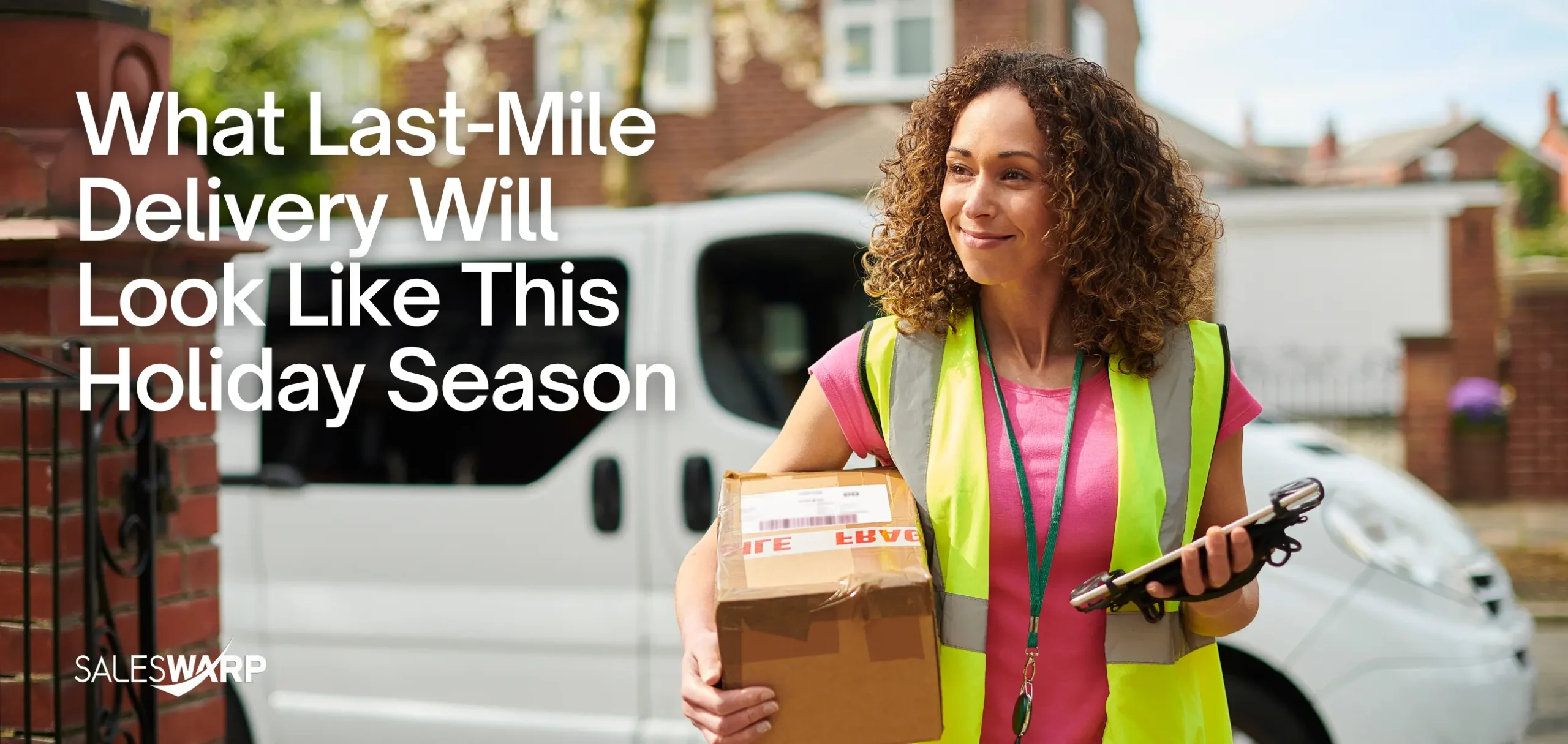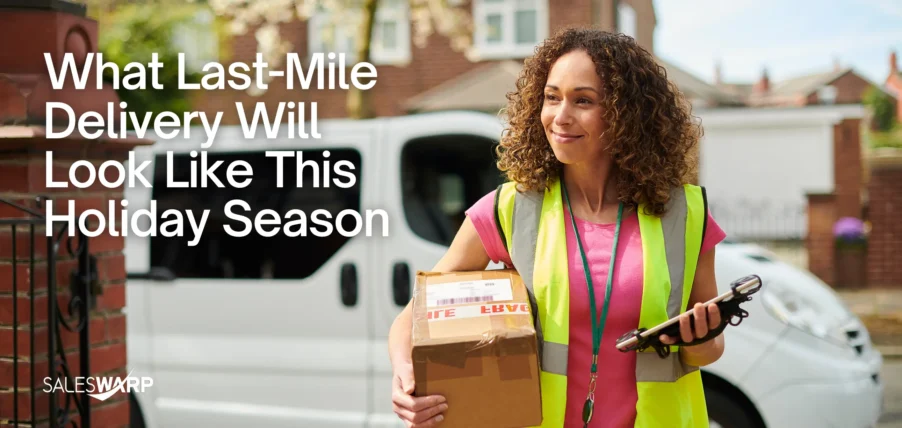What Last-Mile Delivery Will Look Like This Holiday Season

As the 2025 holiday season approaches, brands are facing a transformed last-mile fulfillment landscape. What was once dominated by a few national carriers and rigid shipping timelines has now become a dynamic ecosystem. Regional carriers, local fulfillment hubs, and click-and-collect options are rewriting the rules of delivery—and shoppers are rewarding the brands that adapt.
Last-mile fulfillment is no longer just a cost center or a logistics afterthought. It’s a core part of the customer experience. Brands that treat it as such are gaining a competitive edge through speed, flexibility, and smarter geographic placement of inventory.
Regional Carriers Are Earning Their Place in the Mix
National carriers still play a major role, but rising costs, surcharges, and shifting capacity are opening the door for regional carriers to take on more volume. In fact, 2025 has seen a notable jump in regional parcel networks and hybrid solutions, which collectively grew their revenue by over 32% last year, according to industry reports. These carriers offer faster delivery in localized areas and often lower costs for lightweight or high-frequency shipments.
For many retailers, integrating regional carriers isn’t about replacing FedEx or UPS—it’s about blending them. The brands that get it right are those with the backend systems in place to intelligently route shipments based on location, cost, and delivery promise.
Fulfillment Moves Closer to the Customer
The rise of micro-fulfillment centers near major metro areas is no longer a trend—it’s the new normal. Retailers are pushing inventory closer to customers to shrink delivery windows and reduce shipping costs. Whether operated by third-party logistics providers or in-house teams, these smaller nodes are proving especially powerful during peak season.
Holiday 2025 will see more brands distributing inventory strategically across multiple locations rather than relying on a single central warehouse. The result is faster fulfillment and lower cart abandonment rates driven by more attractive delivery promises at checkout.
In-Store Pickup Is Now a Baseline Expectation
Click-and-collect and curbside pickup have solidified themselves as core components of modern fulfillment strategies. Looking ahead to Holiday 2025, more retailers are building entire in-store operations around the pickup experience—not just accommodating it on the side.
Retailers are investing in better tech, clearer communication flows, and smarter staffing to manage pickup volume during peak season. It’s about making the in-store pickup process feel fast, accurate, and branded. And it’s not just about convenience. For many brands, BOPIS and curbside serve as a pressure valve for the last mile. During critical shipping windows, they allow customers to bypass carrier delays entirely.
The store, in this model, becomes a flexible fulfillment node—one that can pivot between traditional retail and logistical support. Getting this right depends on tight coordination between ecommerce, store-level inventory, and workforce tasking systems. When those are aligned, retailers can unlock major efficiency while giving customers speed and control.
Fragility in the System: Real-World Disruptions Still Happen
Even with all these innovations, the last mile remains vulnerable to disruption. USPS recently suspended international deliveries to certain APO, FPO, and DPO addresses due to transportation constraints— a significant move just months before peak holiday shipping.
It’s also worth noting that UPS and FedEx, while still dominant, are facing volume declines and tightening margins. Both saw parcel volume drops in the past year, driven by a combination of oversaturation and rising competition. Surcharges are also on the rise, including new delivery area fees and rule changes that affect dimensional weight and minimum billables. In contrast, USPS is keeping its 2025 rate increases lower than usual in an effort to reclaim market share.
For brands navigating all of this, the message is clear: resilience depends on diversification and adaptability.
What Brands Should Be Thinking About Now
The race to deliver faster, smarter, and more predictably is well underway. To keep up, brands should be evaluating their last-mile fulfillment strategies now, not in the heat of holiday volume.
Some key questions to ask:
- Is your current fulfillment network set up to handle regional variation in demand?
- Can you reroute orders dynamically based on carrier performance or delivery estimates?
- Are you offering in-store or curbside pickup where possible?
- Do your systems support real-time inventory visibility across locations?
Last-Mile Is the Brand Moment
The final mile is no longer just about getting packages from A to B. It’s the moment where brand promises are kept or broken. Shoppers will be watching more closely than ever. On-time delivery, flexible fulfillment, and clear communication will define customer satisfaction.
Retailers that diversify their carrier mix, move inventory closer to their customers, and give buyers more control over how they receive products will be the ones that win this season.
Looking to optimize last-mile delivery before the rush hits? Connect with a SalesWarp expert to prepare your fulfillment strategy for the busiest quarter of the year.

